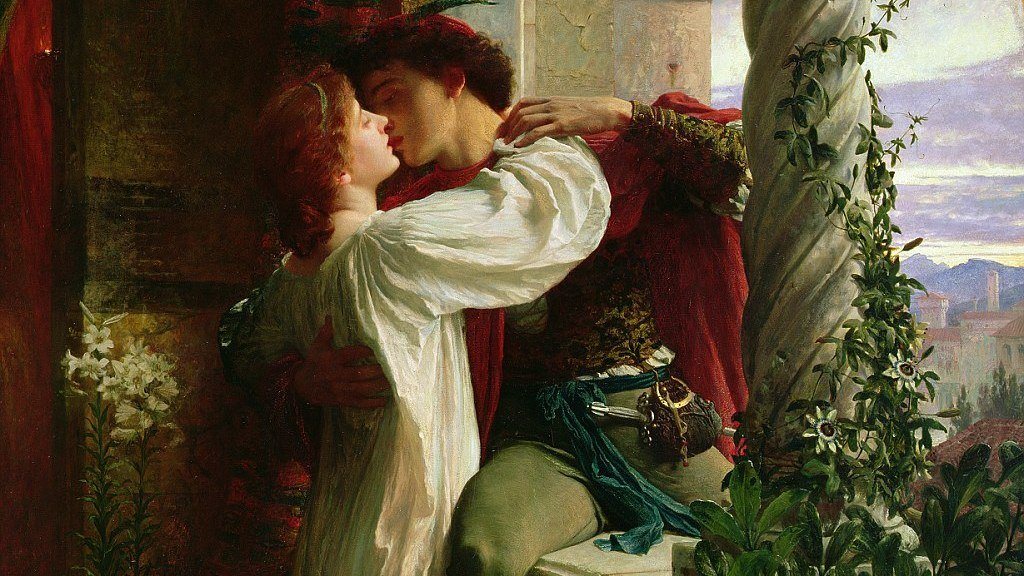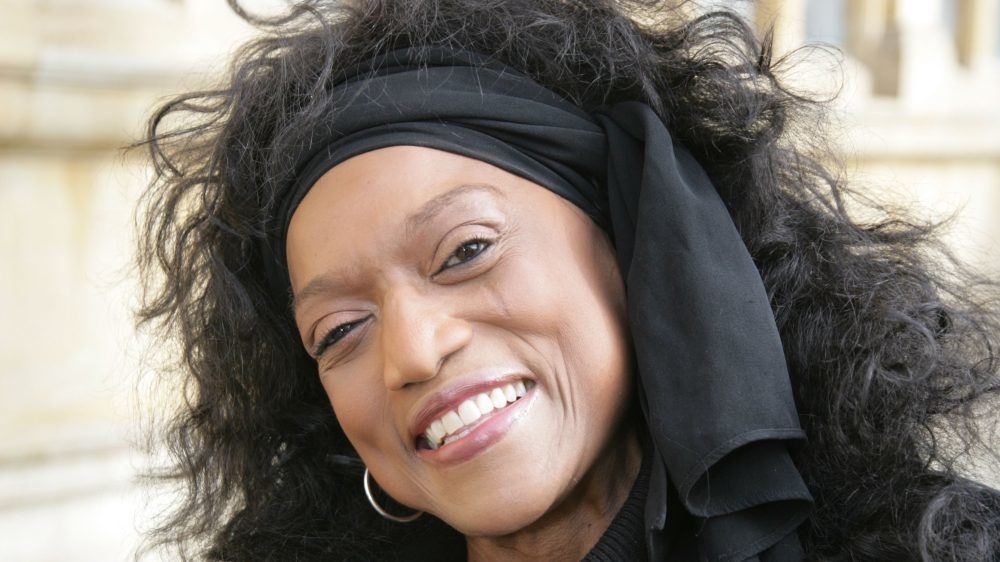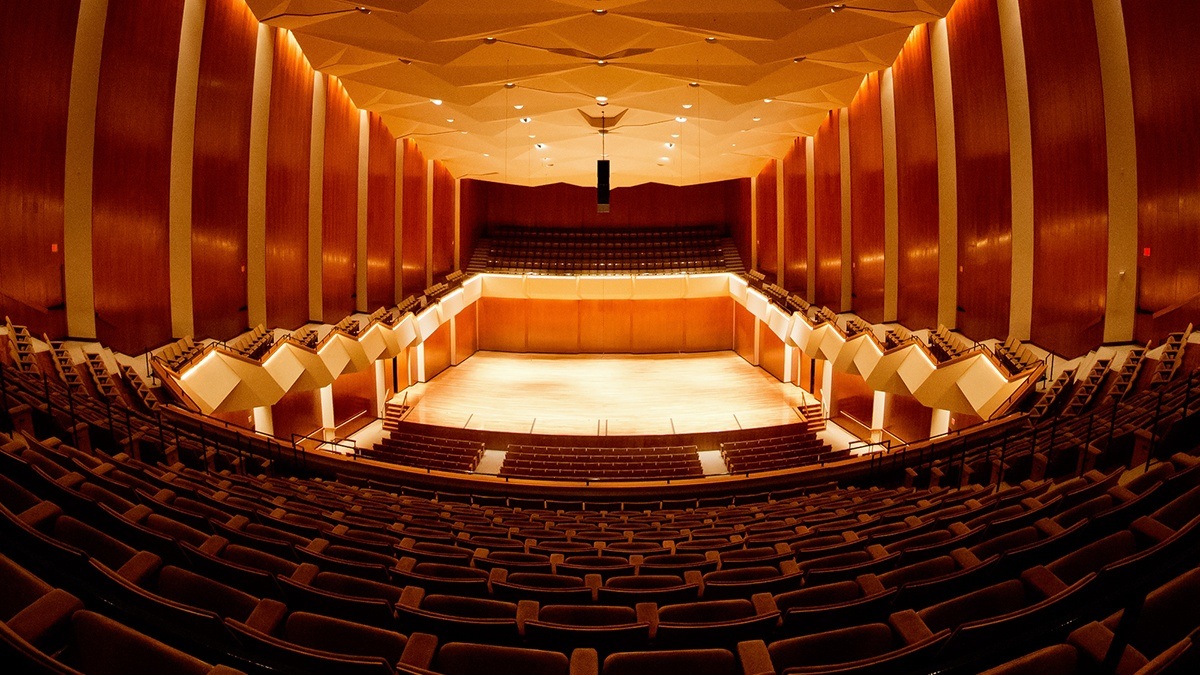Berlioz’ “King Lear” Overture: At the Intersection of Truth and Delusion
When we are born, we cry that we are come to this great stage of fools. -William Shakespeare, “King Lear” King Lear, Shakespeare’s 1606 tragedy in five acts, takes us to the intersection of truth and delusion. The aging King Lear decides to divide his realm amongst his three daughters. He determines that the shares will be allocated in proportion to the eloquence of each daughter’s declaration of love. The insincere and …







